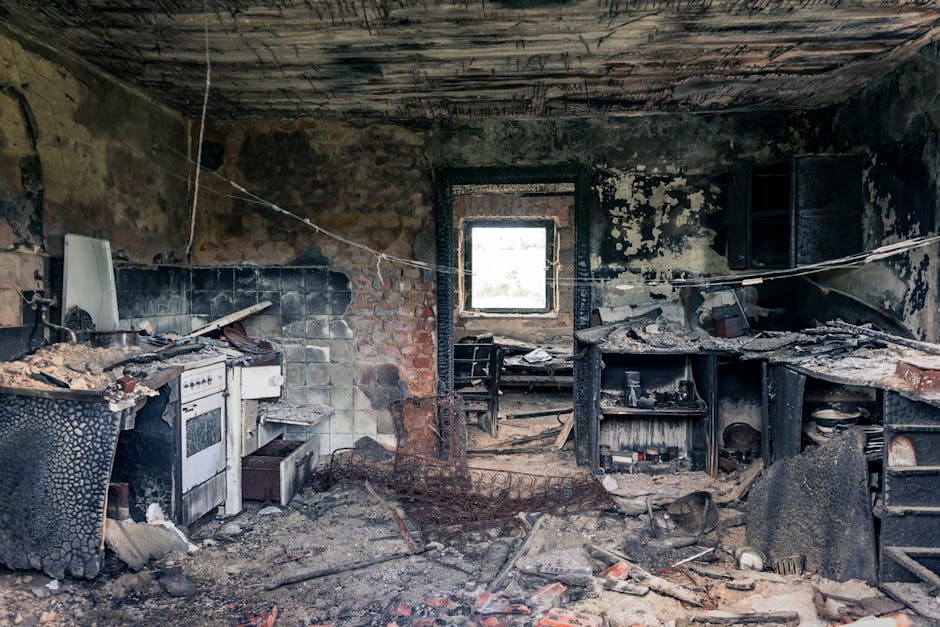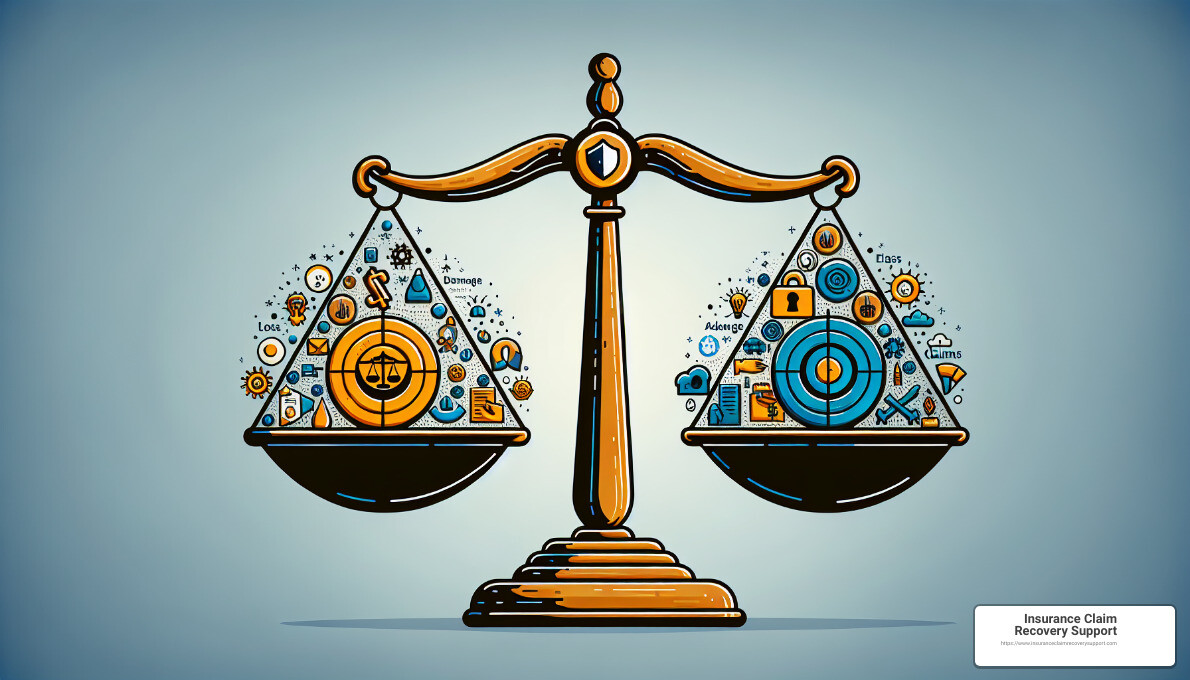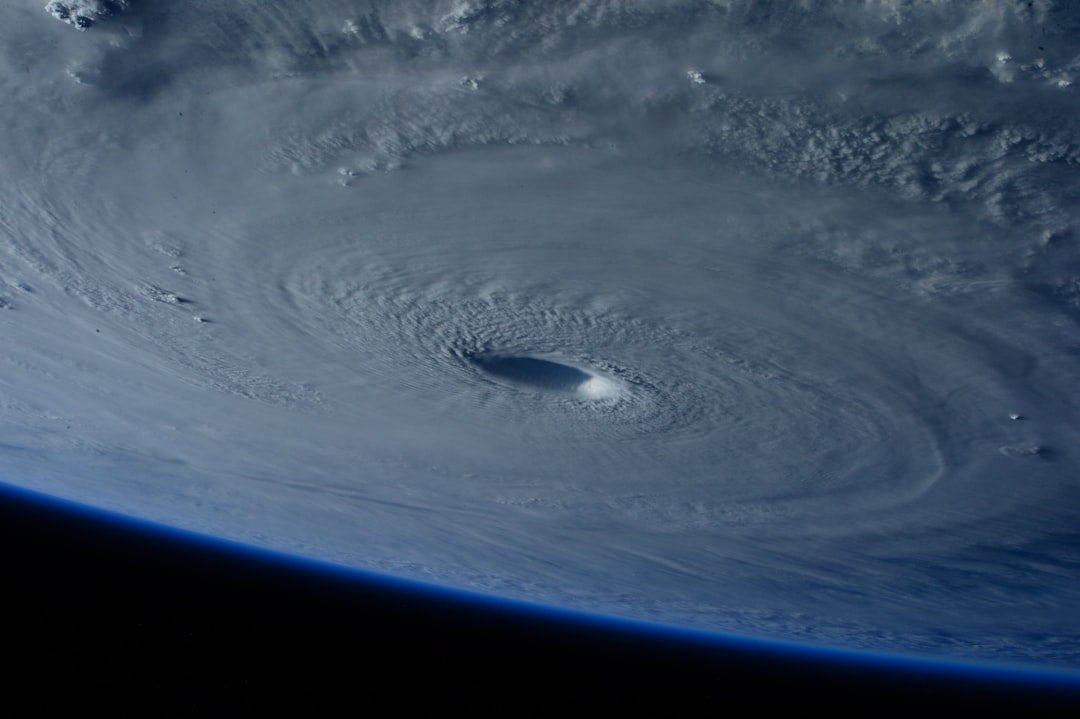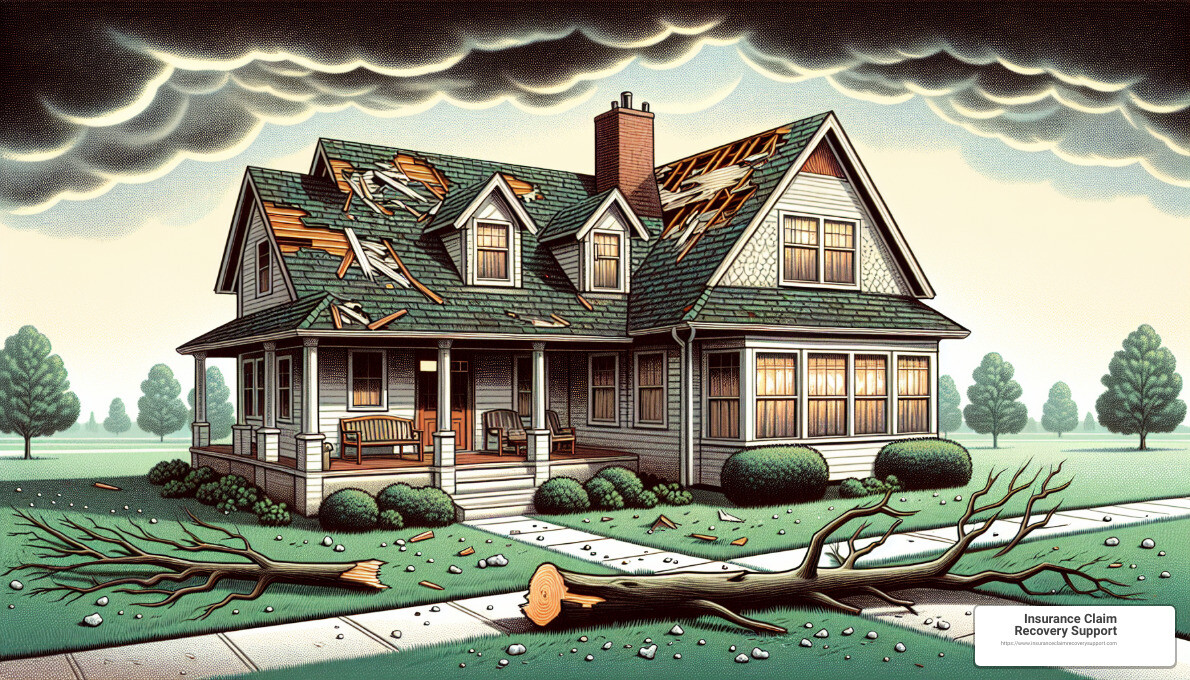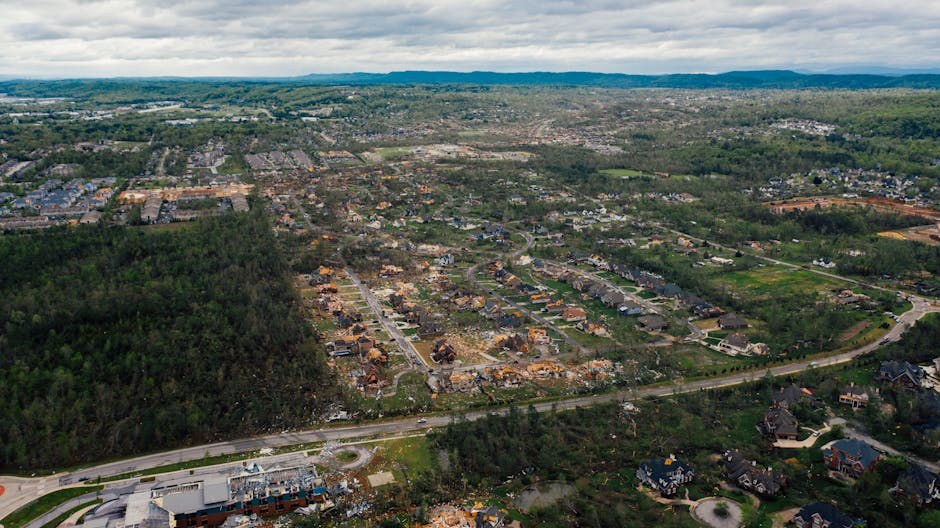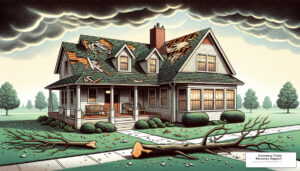Quick Guide on Fire and Mold Damage:
- Fire Damage: Can compromise the structural integrity of your property and cause soot and smoke damage.
- Mold Damage: Often follows water damage from firefighting efforts, leading to potential health risks.
- Restoration Process: Involves assessing the damage, removing damaged materials, and repairing or reconstructing affected areas.
- Health Risks: Both fire and mold damage can pose serious health risks, including respiratory problems and allergic reactions.
Experiencing fire or mold damage in your property can be overwhelming. Immediate action is essential to prevent further damage and safeguard your health. Fire not only wreaks havoc on the structure of your building but also leaves behind smoke and soot that can cause long-term issues if not addressed. Water used to extinguish fires can lead to mold growth, posing additional health risks and compromising the integrity of your property.
The restoration process can seem daunting. It involves a thorough assessment of the damage, removal of affected materials, and a detailed cleaning and repair strategy tailored to your property’s specific needs. Whether you’re responsible for a commercial building, an apartment complex, or managing a condominium association, understanding the immediate steps to take and the professional resources available to you is crucial.
Securing the right professional help is key. Certified and licensed contractors can effectively tackle both fire and mold damage, ensuring your property is restored to its pre-damage condition and mitigating any health risks associated with the damage.

Understanding Fire and Mold Damage
When your home suffers from fire, the immediate aftermath is visibly devastating. But what’s less visible, yet equally dangerous, is the mold that can follow. Understanding the depths of fire damage assessment, mold identification, and their health implications is crucial to restoring safety and comfort to your environment.
Fire Damage Assessment
The first step in the recovery process is a thorough fire damage assessment. This involves professionals examining the extent of the damage caused by the fire, including structural damage to the property and damage to personal belongings. It’s not just about what the fire has consumed but also about the water and chemicals used to extinguish it, which can lead to further complications like mold growth.
Mold Identification
After a fire, water used to extinguish the flames creates a humid environment, ideal for mold growth. Identifying mold involves looking beyond the obvious places, as mold can hide behind walls, under floors, or in other unseen areas. Professionals use specialized equipment to detect and identify mold, ensuring that no spot is missed.
Health Implications
The presence of mold and the aftermath of a fire can have significant health implications. Mold exposure can lead to respiratory issues, allergic reactions, and even more severe health conditions if not addressed properly. Similarly, the soot and smoke from a fire can cause respiratory problems and other health issues.
Ergotism
An interesting historical perspective on mold-related health issues is ergotism, caused by the ingestion of alkaloids produced by the Claviceps purpurea fungus, affecting rye and other cereals. In addition to fire mold, it underscores the severe health risks posed by mold and fungus.
Pyronema Omphalodes
Another example is Pyronema omphalodes, which is not typically associated with post-fire environments but demonstrates the variety of molds and fungi that can proliferate in different conditions, potentially posing health risks.
In conclusion, the damage caused by fire extends beyond the initial blaze, with mold posing a silent but significant threat to both property and health. Recognizing the importance of a comprehensive approach to fire damage assessment and mold identification is the first step towards mitigation. Engaging with professionals who are certified and experienced, like those from Insurance Claim Recovery Support LLC, ensures that both fire and mold damage are addressed effectively, safeguarding your health and restoring your home to its pre-damage state.
Remember, the key to a successful recovery lies in taking immediate steps after detecting fire and mold damage. Let’s explore what those steps entail in the next section.
Immediate Steps After Fire and Mold Detection
When you find yourself facing the aftermath of a fire, it’s crucial to act swiftly. Fire damage can quickly lead to secondary water damage and mold growth, making an already bad situation worse. Here are the immediate steps you should take after detecting fire and mold in your home:
Safety Measures
First and foremost, ensure the safety of everyone involved. Do not re-enter the damaged property until it has been declared safe by authorities. Fire can weaken structures, and mold can pose health risks, especially to those with respiratory issues.
Professional Assessment
Contact professionals who specialize in fire and mold damage assessment. Companies like Insurance Claim Recovery Support LLC are equipped with the expertise to evaluate the extent of the damage accurately. They can identify hidden dangers you might not see, such as structural damage or mold behind walls.
Ventilation
Opening windows and doors to ventilate the area can help reduce the smell of smoke and slow mold growth by drying out damp areas. However, this should only be done if it’s safe and won’t compromise the integrity of the investigation by insurance adjusters or fire officials.
Avoiding DIY
While it might be tempting to start cleaning up immediately, DIY efforts can often cause more harm than good, especially when dealing with hazardous materials like asbestos or lead paint, which can be present in older homes. Furthermore, improperly handled mold can spread spores throughout the home, exacerbating the problem.
Insurance Claim Recovery Support LLC
Contacting a company like Insurance Claim Recovery Support LLC early in the process can be a game-changer. They can guide you through the insurance claim process, ensuring you document everything correctly and maximize your claim. They understand the ins and outs of dealing with insurance companies and can advocate on your behalf to ensure you receive the compensation you’re entitled to.
The first 24 to 48 hours after fire detection are critical, especially when it comes to water damage and mold growth. Acting quickly and wisely by following these steps can help mitigate further damage, making the restoration process smoother and more efficient.
In the next section, we’ll delve into professional remediation strategies that can effectively address fire and mold damage, ensuring your home returns to a safe and healthy state.
Professional Remediation Strategies
When facing fire and mold damage in your home, it’s crucial to engage professionals who are equipped with the right knowledge and tools. This section covers the essentials of professional remediation strategies, including certification requirements and specific techniques used in the process.
Certification Requirements
Professionals dealing with fire and mold remediation need to have specific certifications to ensure they’re up to the task. For mold remediation, New York State requires professionals to be certified, reflecting the importance of specialized knowledge and skills in handling mold issues. This certification ensures that the professionals you hire understand the health risks associated with mold and the best practices for its removal.
NYS Mold Remediation
In New York, mold remediation professionals must follow strict guidelines set by the state. This includes proper assessment procedures, containment methods to prevent mold spread, and the use of approved techniques and products for mold removal. Hiring a NYS Mold Remediation Certified team guarantees that the remediation process adheres to these standards, ensuring your home is not only mold-free but also that the remediation is conducted safely and effectively.
Licensed NY STATE ASBESTOS Contractor
Similarly, dealing with asbestos—a common issue in fire-damaged buildings—requires a contractor licensed by New York State. This is crucial because asbestos poses significant health risks when disturbed, and its proper removal is essential. These licensed professionals are trained to handle asbestos safely, preventing any harmful exposure.
Deep Tillage
Deep tillage is a technique often discussed in the context of preventing ergotism, a disease caused by a fungus that can contaminate grains. However, the principle behind deep tillage can also apply to remediating land affected by fire. This technique involves turning over the soil deeply enough to bury fire mold spores and prevent them from spreading. While not a common practice for residential properties, understanding this technique highlights the importance of soil and land management in preventing the spread of harmful organisms.
Crop Rotation
Crop rotation is another agricultural technique with principles that can be applied to managing mold and other pathogens in the environment. By changing what is grown (or what is present) in an area, you can disrupt the lifecycle of harmful organisms. In a home setting, this translates to rotating materials that are less susceptible to mold or implementing design changes that reduce moisture accumulation, preventing mold growth.
By engaging professionals with the right certifications and understanding the strategies they employ, homeowners can effectively tackle fire and mold damage. These strategies not only address the immediate issues but also contribute to the long-term health and safety of the home environment. We’ll explore preventative measures and maintenance tips to help avoid future damage.
Preventative Measures and Maintenance
Preventing fire and mold damage is key to maintaining a healthy and safe home environment. Here are some practical tips and techniques to help you avoid these issues.
Fire Prevention Tips:
– Install Smoke Alarms: Make sure you have smoke alarms on every level of your home, inside bedrooms, and outside sleeping areas. Test them monthly and replace batteries annually.
– Keep Flammables Away: Maintain a safe distance between your heating sources (like your stove, heater, or fireplace) and anything that can burn.
– Stay in the Kitchen: Never leave cooking food unattended. Most kitchen fires start because of neglect.
Mold Growth Prevention:
– Control Humidity Levels: Keep your home’s humidity levels between 30% and 50%. Use dehumidifiers and air conditioners to manage moisture.
– Ventilate Well: Ensure your home is well-ventilated, especially areas like the kitchen, bathroom, and laundry room.
– Fix Leaks Promptly: Water leaks provide the perfect environment for mold to grow. Repair any leaks as soon as possible to prevent mold from taking hold.
Regular Inspections:
– Schedule Annual Checks: Have a professional inspect your home annually for any signs of damage or areas prone to fire or mold. This includes checking wiring, appliances, roofs, and plumbing.
– Look for Mold Signs: Regularly check under sinks, around windows, and in basements for any signs of mold. Early detection makes removal easier.
Deep Mold Techniques:
– Deep Cleaning: For areas already affected by mold, deep cleaning may be necessary. This often requires professional help to ensure the mold is completely removed, including its roots, to prevent recurrence.
– Professional Mold Remediation: In cases of significant mold growth, professional remediation is necessary. This process involves containment, air filtration, removing mold-infested materials, cleaning, and restoration.
Silicone or Caulk Application:
– Seal Gaps: Use silicone or caulk to seal any gaps around windows, doors, and where pipes enter your home. This prevents water from seeping into your home and creating a moist environment where mold can grow.
By implementing these preventative measures and maintaining regular upkeep, you can significantly reduce the risk of fire and mold damage. The goal is not just to address existing problems but to prevent them from occurring in the first place. Keeping your home safe and healthy requires ongoing effort and vigilance. Don’t hesitate to seek professional help when needed, especially for tasks like deep mold removal or electrical inspections, to ensure everything is done safely and effectively.
Frequently Asked Questions about Fire and Mold Damage
When dealing with the aftermath of fire damage, and the mold that often follows, many questions arise. Let’s tackle a few common ones to provide clarity and peace of mind.
Should houses with mold damage be burned?
No. Burning a house with mold damage is not a safe or recommended solution. While fire can kill mold, it also poses significant risks to safety, property, and the environment. Professional remediation is the safest way to deal with mold damage. Experts use specific techniques and equipment to remove mold thoroughly without causing harm to the building’s structure or occupants’ health.
What should you do if you are exposed to mold?
If you suspect you’ve been exposed to mold, keep an eye out for symptoms like coughing, sneezing, skin irritation, or difficulty breathing. These symptoms can vary based on the individual and the extent of exposure. Here are steps to take if you’re exposed:
- Get Fresh Air: Move to an area with clean, mold-free air to minimize further inhalation of mold spores.
- Seek Medical Advice: If you experience severe or persistent symptoms, consult a healthcare provider for an evaluation.
- Remove Contaminated Clothing: Change into clean, mold-free clothing to avoid prolonged skin contact with mold spores.
- Professional Mold Inspection: Consider having your home inspected by a mold remediation specialist to identify and remove the source of mold.
Can moldy wood be burned safely?
Burning moldy wood is not recommended. When moldy wood is burned, the mold spores can become airborne and inhaled, potentially leading to respiratory issues. Furthermore, burning moldy wood can release other harmful chemicals into the air. If you find yourself with moldy wood, it’s best to dispose of it safely rather than using it as firewood. For camping or outdoor fires, always choose dry, clean wood to ensure a safer experience.
Dealing with fire and mold damage can be complex and risky. It’s crucial to approach these challenges with caution and seek professional guidance. Insurance Claim Recovery Support LLC can provide the expertise needed to navigate these situations safely and effectively.
In the next section, we’ll dive deeper into restoration importance and why professional help is essential in recovering from fire and mold damage.
Conclusion
In the aftermath of fire and mold damage, the journey towards restoration might seem daunting. The damage inflicted by fire can be extensive, not just to the structure of your home but to your peace of mind. Mold, a frequent aftermath of water damage used to extinguish fires, poses its own set of challenges, potentially harming your health and further damaging your property. This is why understanding the importance of restoration and the value of professional help, especially from a company like Insurance Claim Recovery Support LLC, is crucial.
The Importance of Restoration
Restoring your home after fire and mold damage is not just about repairing physical structures; it’s about reclaiming your safe haven. Fire mold not only damages the aesthetics of your home but can also pose serious health risks. Immediate and thorough restoration is essential to prevent further damage and to ensure the safety and well-being of your family.
Restoration goes beyond mere cleanup; it involves assessing the extent of the damage, identifying the presence of hazardous materials like asbestos, and taking steps to prevent future incidents. It’s about ensuring that your home is not just rebuilt but is also safe, healthy, and comfortable.
Why Professional Help is Essential
Navigating the aftermath of fire and mold damage requires expertise. Professional remediation teams, like those at Insurance Claim Recovery Support LLC, bring a wealth of knowledge and experience to the table. They understand the intricacies of dealing with fire mold, the health risks associated with mold exposure, and the steps necessary to restore your property effectively.
Professionals are equipped with the right tools and techniques to handle hazardous materials safely, eliminate mold at its source, and prevent its recurrence. They can also assist in navigating the complex insurance claims process, ensuring that you receive the compensation you’re entitled to. This support is invaluable, providing peace of mind during a stressful time.
Insurance Claim Recovery Support LLC: Your Partner in Recovery
Insurance Claim Recovery Support LLC stands out for its commitment to its clients. With expertise in fire damage claims and a deep understanding of the challenges posed by mold, they ensure that no detail is overlooked. Their advocacy on your behalf can make all the difference in securing a fair settlement from insurance companies.
Their services, offered on a contingency basis, mean they are as invested in your recovery as you are. With a track record of helping hundreds of clients navigate the claims process successfully, they not only aim to restore your property but also to restore your peace of mind.
In conclusion, the restoration of your home after fire and mold damage is a complex process that demands professional expertise. It’s about more than just repairs; it’s about ensuring the health and safety of your living environment. With the right help, particularly from specialists like Insurance Claim Recovery Support LLC, you can rebuild not just your home but also your life. Don’t face this challenge alone. Let the professionals guide you through this difficult time, helping you every step of the way towards recovery and peace of mind.

